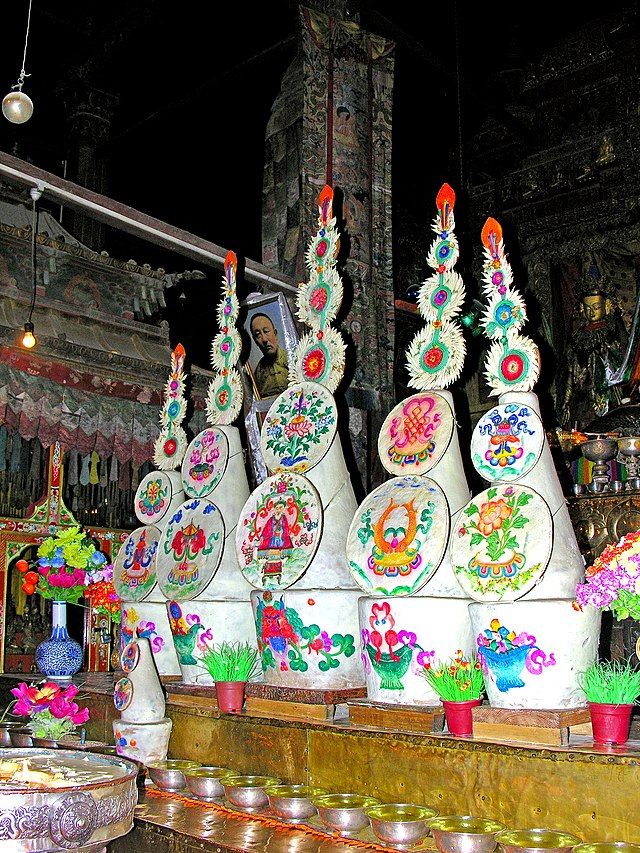Making butter feels like magic. I say this with the authority of someone who lived on a farm as a child, grew up in a 4-H family, had dairy farmer great-grandparents, and now has a PhD in food studies. It’s such a simple process and only involves one ingredient (two, if you use salt), but the alchemy of making butter never fails to amaze me—one of the reasons why many cultures consider it something more than food and closer to art. Whether it’s marking freshly made rounds with an intricately carved stamp or sculpting great blocks of the stuff into life-like forms, people love using butter as a creative medium. To butter, I mean, better understand why this simple ingredient has captured our palates as well as our palettes, it’s helpful to understand how butter came to be.
A Historic Accident
We food scholars don’t usually like to generalize when it comes to our area of study, but historically speaking, butter is ancient. The exact geographical origins are debated: Historian John Ayto has argued that butter was first “discovered” thousands of years ago by nomadic peoples of central Asia, while others like Elaine Khosrova believe it was herdsmen traveling across ancient Africa. Regardless of location, most scholars agree that whoever first made butter did so by accident. The delicious surprise was likely created when an animal-skin sack or some other temporary storage container full of milk was sloshed and jostled during a long journey—resulting in the separation of the fats from the watery buttermilk—forming little yellow bits of butter solids.

